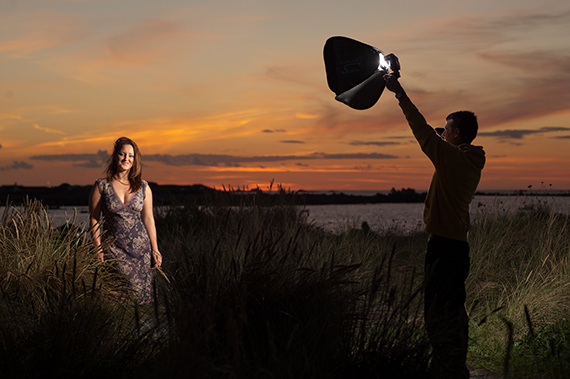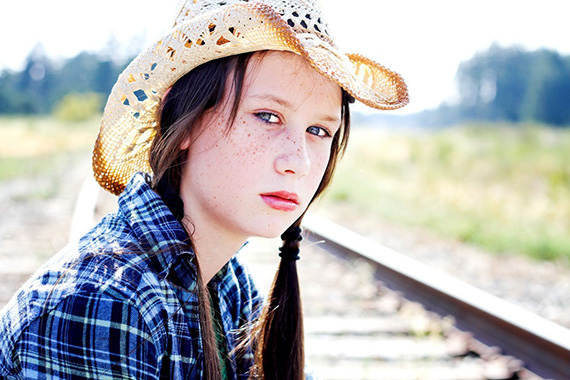Whenever I return from a shoot, I go through this process every time with each camera so that they are ready for the next time.
1. Camera bodies off. This is to remind me that I use a variety of lenses and if I remove them, I have to select an appropriate one for my next shoot.
2. Camera batteries recharged after each and every shoot—no exceptions. I have lost count of the number of times when I am in the middle of a shoot that I get a battery warning. To this extent, I even take along a spare battery for each camera.
3. Flash off. Get in the habit of doing this, as you don’t want to scare wildlife or pets by accidentally firing off the flash.
4. Flash batteries recharged after each and every shoot—no exceptions. I’m paranoid about this aspect; in fact, all batteries get charged straight away. Having rechargeable batteries is a must, in my opinion.

“Untitled” captured by Keenan Butcher
5. Check to make sure the memory card slot is empty and working correctly. This reminds me that I should routinely transfer my images to another storage medium like my portable hard drive. I also take spares along for each shoot.
6. Check spare memory card. I get in the habit of checking all my memory cards for damage and wear and to make sure they can be read without problems.
7. Set quality settings to RAW/JPG. I use this setting as opposed to just RAW or just JPEG. If I want to process the images more I can, or if I am happy with the images, I don’t have to do much processing in JPEG.
8. Set ISO to 200. This is a good idea regardless of the weather or lighting conditions, i.e. sunny or cloudy. I don’t like highlights to be blown, and this setting allows me some leeway in processing the images.
9. Set aperture to wide open on all lenses. This is the setting I most use for portraits, as it blurs the background nicely while keeping the subject in sharp focus.
10. Set shutter speed to 1/125 of a second. This is a decent shutter speed for most of the lenses I use in portraits. As I usually choose a focal length of about 90mm, it helps prevent camera shake issues.
11. Set mode dial to Aperture Priority. I prefer to shoot in aperture priority as most of my portrait subjects are fairly stationary.
12. Set metering mode to spot or matrix. I find this gives me the best metering for the stable exposure conditions that I work in.
13. Set white balance to auto. I work with this setting the most; however, if I’m in my studio, I will normally do a preset with a grey card.

“Model Portfolio – Kat Alderidge” captured by Shaunna Marie Brunk
14. Set exposure compensation to 0. This prevents me from over exposing or under exposing since I was out last in daylight and had to adjust the exposure compensation.
15. Reset the focus point to the center, single point. This is my preference for most shoots.
16. Set shutter mode to single. Most of the time I don’t use continuous shot mode unless I am taking fast action sports or wildlife shots.
17. Set all lenses with focus stops to focus maximum area of focus. A good habit to get into. You can always adjust accordingly.
18. Remove any and all filters. This prevents you from leaving the polarizing filter or the neutral density filter attached. It’s amazing how often this happens and it takes a while to see what the problem is.
19. Check that the camera body and any/all lenses are set to auto-focus (unless you just always use manual focus, in which case disregard.) This is a great tip as you can grab the camera for a quick shot in most situations.
20. Do a quick visual examination of the camera to look for damage defects. I usually check lens surfaces, the screen, and everywhere else if I’ve been out in the rain or wind when sand is blowing about.
21. Reset additional gear like tripods, light stands, etc. They all go back in their individual bags and covers. It also means that I don’t leave bits lying around—my greatest concern after a shoot.
About the Author:
Geordie Parkin is a photographer based in Forest Lake, Qld (http://photopress.in/brianparkin).
Go to full article: Checklist for Your Camera After a Portrait Shoot
What are your thoughts on this article? Join the discussion on Facebook or Google+
Article from: PictureCorrect